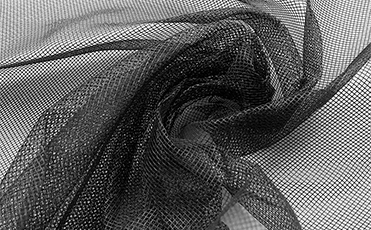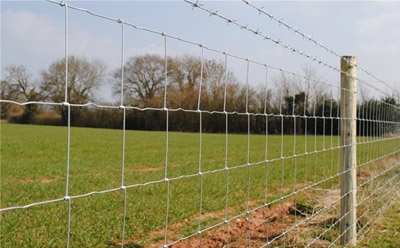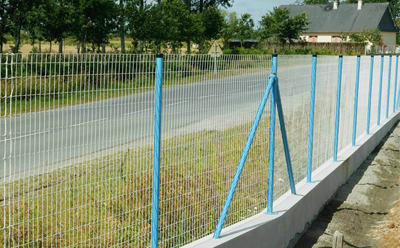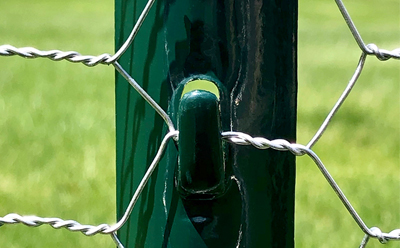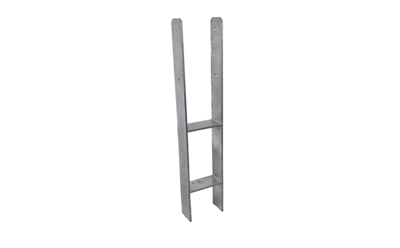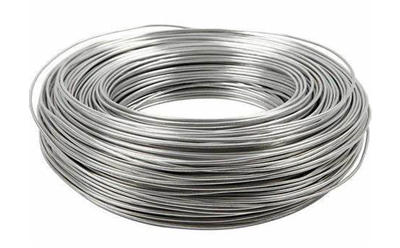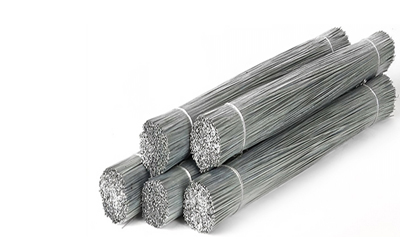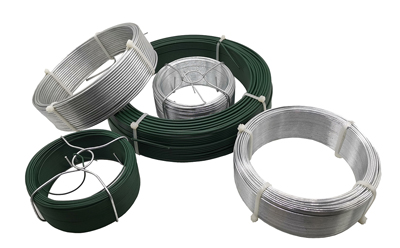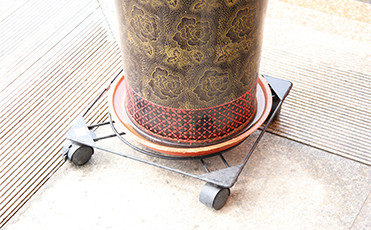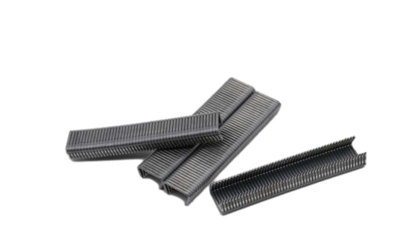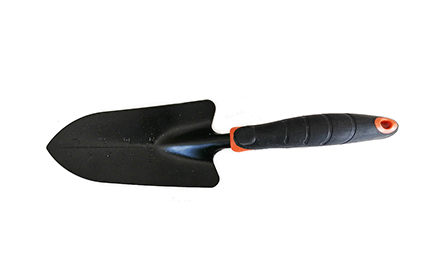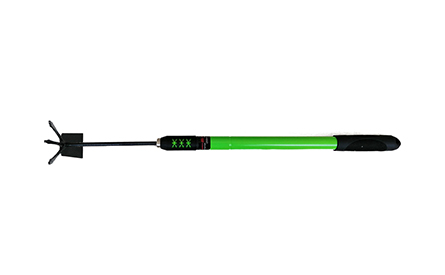Innovative Applications and Benefits of Perforated Mesh Screens in Various Industries
Jul . 23, 2024 15:36Perforated Mesh Screens Versatility and Applications
Perforated mesh screens are increasingly becoming a preferred material in various industries due to their unique combination of functionality and aesthetics. These screens are created by punching holes into a solid sheet of metal, plastic, or other materials, resulting in a mesh-like structure that offers numerous advantages. This article explores the characteristics, applications, and benefits of perforated mesh screens.
Characteristics of Perforated Mesh Screens
Perforated mesh screens can be manufactured in a variety of hole shapes and sizes, ranging from simple round holes to more complex shapes like squares or slots. This customization allows for tailored solutions that meet specific design and functional requirements. The percentage of open area, or perforation density, can also be adjusted, which influences various factors such as airflow, light transmission, and visibility.
Typically made from materials like stainless steel, aluminum, brass, or plastics, perforated mesh screens are durable and resistant to corrosion and wear. Stainless steel is particularly favored for its strength and longevity, making it ideal for applications in harsh environments. These screens can also be treated with finishes such as powder coating or anodizing, which not only enhances their aesthetic appeal but also adds an additional layer of protection.
Applications of Perforated Mesh Screens
The versatility of perforated mesh screens allows for their usage across a wide range of industries
1. Construction and Architecture In architectural design, perforated screens serve both functional and decorative purposes. They can be used for façades, sun shades, and privacy screens, allowing airflow and natural light while providing visual interest. Moreover, they contribute to energy efficiency by reducing heat gain.
perforated mesh screen

2. Industrial Filtration In industrial settings, perforated screens are essential for filtration systems. They separate solids from liquids or gases, ensuring that only desired materials pass through. Their precise hole sizes help maintain the quality of products, ranging from food and beverages to chemicals.
3. Automotive Manufacturing The automotive industry employs perforated screens for various components, including ventilation systems and acoustic damping. These screens help to manage airflow and reduce noise inside vehicles, enhancing passenger comfort.
4. Consumer Products Perforated mesh is found in everyday items such as kitchen utensils, speakers, and lighting fixtures. The aesthetic appeal combined with practical attributes makes perforated materials increasingly popular among designers.
5. Safety and Security In safety applications, perforated mesh screens can be used to create barriers or enclosures that permit airflow and visibility while maintaining security. These screens are common in fencing, machine guards, and safety shields in manufacturing environments.
Benefits of Perforated Mesh Screens
The adoption of perforated mesh screens brings numerous advantages. Firstly, their lightweight nature allows for easy installation and transportation, reducing logistics costs. Secondly, the customization options available make them ideal for a range of specific needs, whether aesthetic or functional.
Moreover, perforated screens promote sustainability. By allowing natural light to penetrate while shielding users from direct sunlight, they reduce reliance on artificial lighting, thereby contributing to energy savings. Additionally, their ability to facilitate airflow improves ventilation in both industrial and architectural applications, which is particularly beneficial for indoor environments.
In summary, perforated mesh screens are an innovative solution that combines practicality and design versatility. Their diverse applications span across many industries, offering unique advantages that cater to both functional needs and aesthetic desires. As technology continues to evolve, the potential for advanced perforated mesh solutions will only expand, solidifying their role as an essential material in the modern world.
Copyright © 2025 Hebei Minmetals Co., Ltd. All Rights Reserved. Sitemap | Privacy Policy





